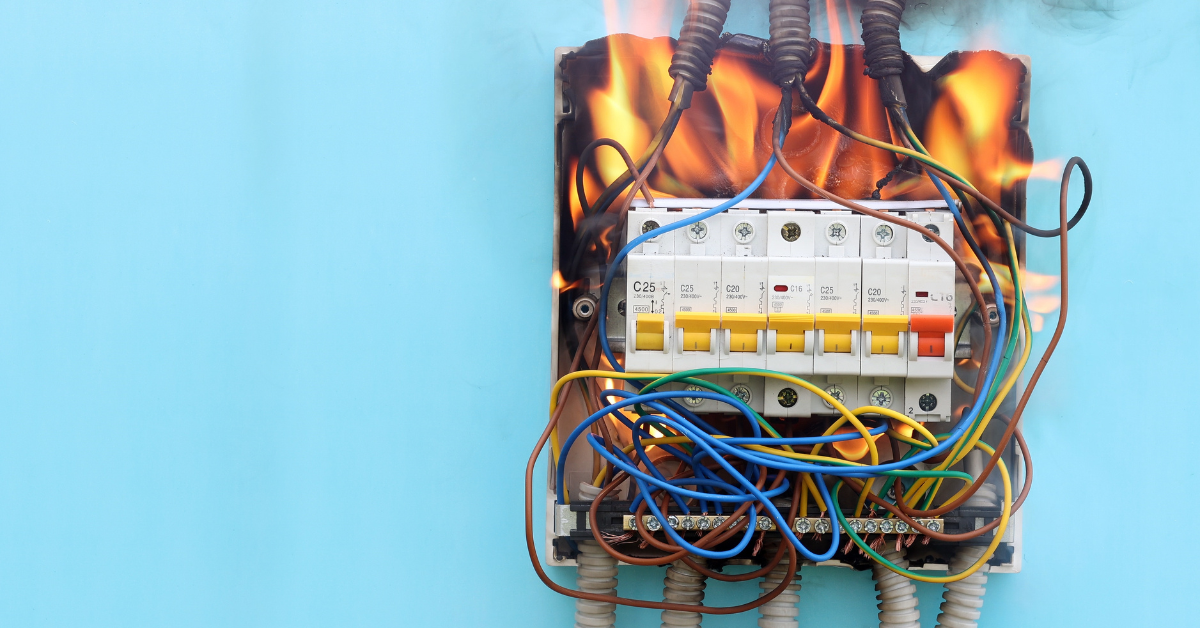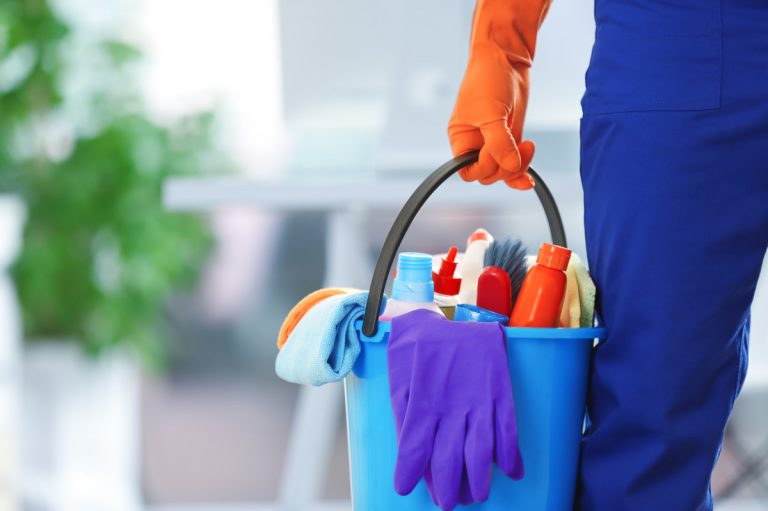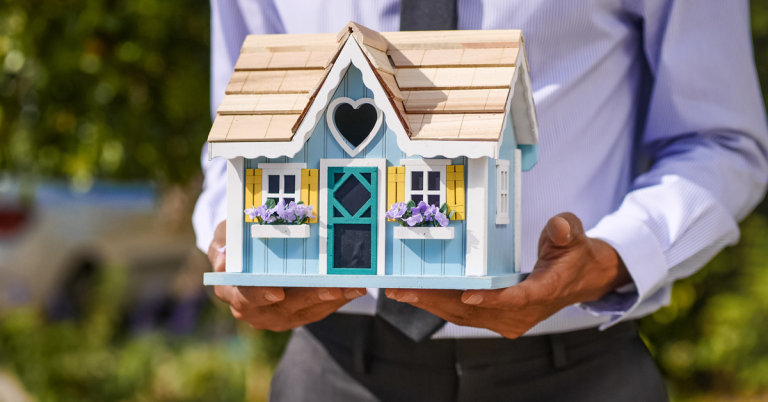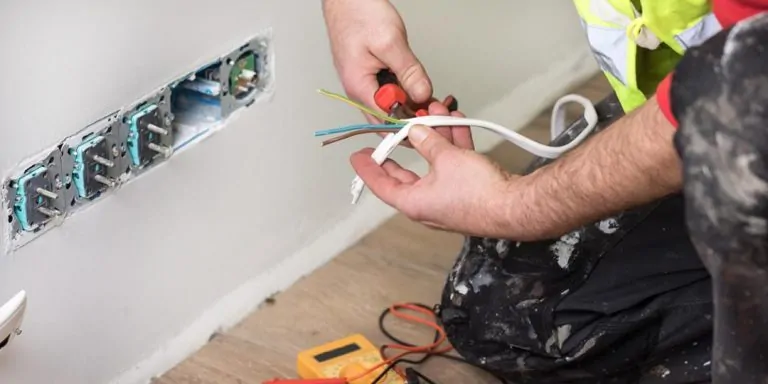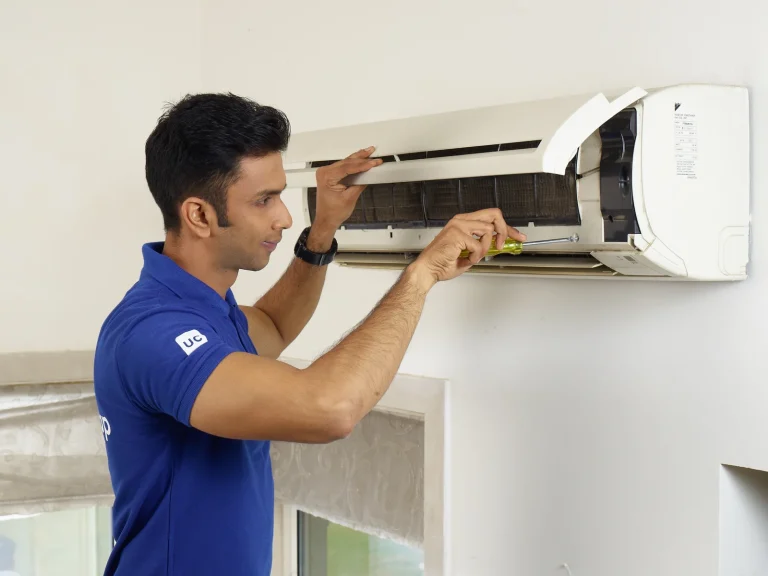Fireproof Your Home 101: Identifying and Addressing Fire Hazards in Your Home
Imagine losing everything you own in a matter of minutes. That’s the devastating reality of a home fire. Fire safety is not just about protecting property; it’s about saving lives. For homeowners, understanding fire hazards and knowing how to address them is crucial.
In this blog post, we’ll explore the common fire hazards found in households, practical steps to prevent them, the importance of a fire escape plan, and essential fire safety equipment.
The Importance of Fire Safety in the Home
Home fires can happen fast and without warning. According to the National Fire Protection Association (NFPA), there are over 350,000 home fires in the United States each year. These fires result in thousands of deaths, injuries, and billions of dollars in property damage. Often, these incidents are preventable with proper fire safety measures.
Understanding fire safety begins with recognizing its significance. It’s about more than just having a smoke detector. It’s about creating an environment where fires are less likely to start and, if they do, ensuring everyone can escape safely. The peace of mind that comes with knowing your home is protected from fire hazards is invaluable.
By prioritizing fire safety, you protect not just your property but also the lives of those you hold dear. Whether you’re a new homeowner or have been living in your house for years, fire safety should always be a top priority.
Common Fire Hazards Found in Households
Most home fires start from everyday items and activities that we often overlook. Identifying these hazards is the first step to preventing them.
Electrical Hazards
Faulty wiring and overloaded outlets are major culprits behind house fires. Regularly check your home’s wiring, especially in older homes where electrical systems may not handle modern electricity demands. Avoid using extension cords as permanent solutions and never overload power strips.
Heating Equipment
Heating equipment is one of the leading causes of home fires. Ensure your space heaters are placed at least three feet away from anything flammable. Regular maintenance of heating systems, including chimneys and fireplaces, is crucial to prevent buildup that can ignite.
Kitchen
The kitchen is a hotspot for potential fires. Never leave cooking unattended, and keep flammable items like dish towels and paper towels away from the stove. Grease fires require special handling—never use water to extinguish them; instead, cover the pan with a lid or use a decorative fire extinguisher designed for kitchens.
Practical Steps for Addressing and Preventing Fire Hazards
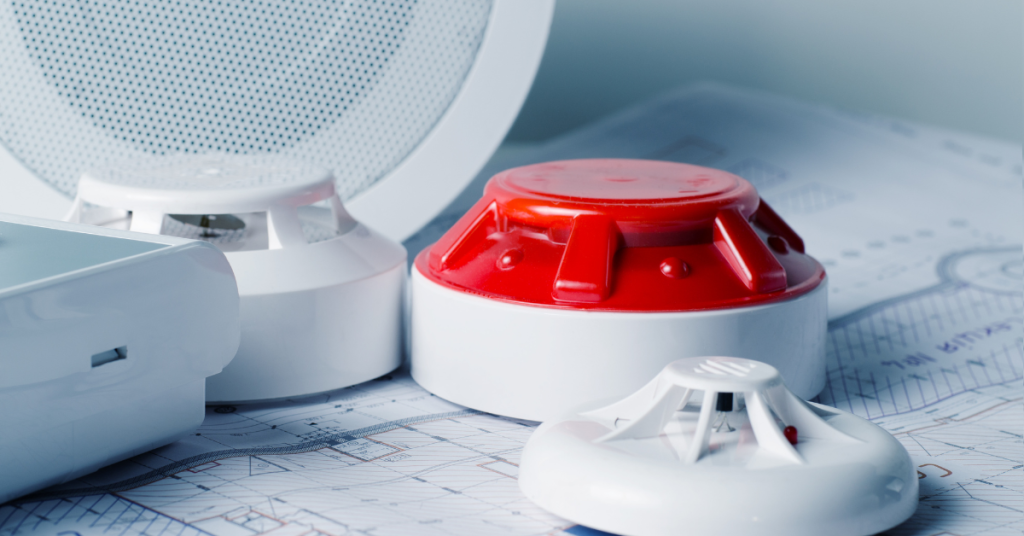
Now that we’ve identified common fire hazards, let’s discuss how to address them. Taking these steps can significantly reduce the risk of a fire starting in your home.
Regular Inspections
Conduct regular inspections of your home’s electrical systems, heating equipment, and kitchen appliances. Look for frayed wires, signs of overheating, and ensure that smoke detectors are functioning correctly. Regular maintenance checks can catch potential issues before they become serious hazards.
Also Read: BlueFire Wilderness Lawsuit
Safe Practices
Adopt safe practices in your daily routines. Unplug appliances when not in use, avoid overloading outlets, and never leave cooking or candles unattended. Educate family members about these practices to ensure everyone is on the same page in maintaining fire safety.
Install Fire Safety Equipment
Installing fire safety equipment like smoke detectors, carbon monoxide detectors, and decorative fire extinguishers is essential. Ensure that these devices are easily accessible and that everyone in the household knows how to use them. Regularly check the batteries in smoke detectors and replace them as needed.
The Significance of Having a Fire Escape Plan
Even with all the preventive measures, fires can still happen. Having a fire escape plan is crucial for ensuring everyone knows what to do in an emergency.
Creating an Effective Plan
Start by drawing a floor plan of your home, marking all exits and escape routes. Identify two ways out of every room, if possible, and ensure that doors and windows can be easily opened. Designate a meeting place outside your home where everyone can gather after escaping.
Practicing the Plan
Practice your fire escape plan regularly with all household members. Conduct drills to ensure everyone is familiar with the routes and knows how to react calmly in case of a fire. Practicing the plan can save precious time during a real emergency.
Special Considerations
Include special considerations for pets, children, and anyone with mobility issues. Make sure that these individuals have the help they need to escape quickly. Assign someone to assist them and ensure that their needs are incorporated into your fire escape plan.
Overview of Essential Fire Safety Equipment for Homes
Having the right fire safety equipment in your home can make a significant difference in preventing and managing fires. Here’s an overview of essential items every homeowner should have.
Smoke Detectors
Smoke detectors are your first line of defense. Install them on every level of your home, inside bedrooms, and outside sleeping areas. Test them monthly and replace the batteries at least once a year. Consider interconnected detectors that sound an alarm throughout the house when one is triggered.
Fire Extinguishers
Keep fire extinguishers in key areas such as the kitchen, garage, and near heating equipment. A decorative fire extinguisher not only serves a functional purpose but also blends into your home’s decor. Ensure that everyone knows how to use them and check the expiration date regularly.
Fire Blankets
Fire blankets are useful for smothering small fires or wrapping around a person whose clothing has caught fire. Keep them in easily accessible locations, such as the kitchen and near fireplaces, and educate family members on their use.
Carbon Monoxide Detectors
Carbon monoxide detectors are crucial for homes with fuel-burning appliances. Install them outside sleeping areas and on every level of your home. Like smoke detectors, test them regularly and replace the batteries as needed.
Escape Ladders
For multi-story homes, escape ladders provide a safe way to exit from the upper floors. Store them in or near windows and ensure that everyone knows how to deploy them. Practice using the ladders during your fire drills to build confidence in an emergency.
Conclusion
Fire safety is a shared responsibility that starts at home. By identifying common fire hazards, taking practical steps to address them, and having a well-thought-out fire escape plan, you can significantly reduce the risk of a devastating fire. Equip your home with essential fire safety equipment and ensure that everyone in your household knows how to use it.
Don’t wait until it’s too late. Take action now to make your home safer.

